The Ultimate Guide to Pasta Manufacturing Machines: Types, Features, and Benefits
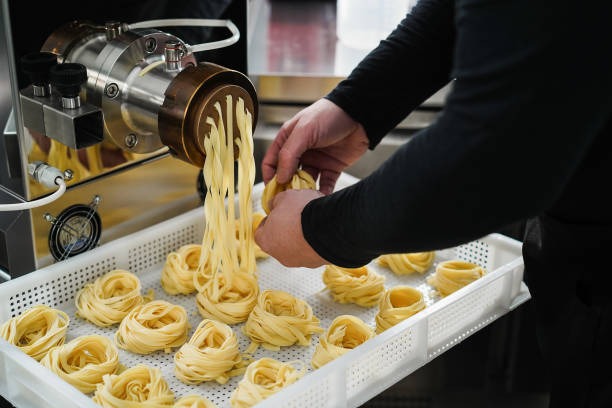
1. Introduction
Pasta is a staple food enjoyed worldwide, and its demand continues to rise. While traditional handmade pasta is valued for its authenticity, it is inefficient for large-scale production. Pasta manufacturing machines have revolutionized the industry by improving efficiency, maintaining consistency, and ensuring hygiene in the production process.
Why Use a Pasta Manufacturing Machine?
✅ Increases Production Efficiency – Capable of producing thousands of kilograms per hour
✅ Ensures Consistency – Uniform shape, size, and texture
✅ Reduces Labor Costs – Automation minimizes human errors
✅ Versatility – Produces different pasta types such as spaghetti, penne, fusilli, and lasagna
Whether for a home-based business or a large-scale industrial plant, choosing the right pasta machine is crucial.
2. Working Principle of Pasta Manufacturing Machines
Modern pasta-making machines use automated technology to complete the entire process, from mixing, kneading, and shaping to drying and packaging.
(1) Ingredient Mixing
Flour, water, and optional ingredients like eggs are mixed to form a consistent dough.
(2) Kneading and Resting
The dough is kneaded to develop elasticity, ensuring smooth texture and easy shaping.
(3) Shaping and Extrusion
The dough is pushed through molds to create various pasta shapes:
Penne – Tube-shaped pasta
Spaghetti – Long, thin strands
Lasagna – Flat, wide sheets
(4) Cutting and Forming
For sheet-based pasta, cutting machines slice it into strips, squares, or decorative shapes.
(5) Pre-Drying and Final Drying
The pasta is slowly dried at low temperatures to enhance durability and prevent cracks.
(6) Packaging
After drying, the pasta is packaged in plastic bags, boxes, or vacuum-sealed containers.
3. Types of Pasta Manufacturing Machines
Different types of machines cater to different production scales.
(1) Manual/Home Pasta Machines
Suitable for home kitchens and small restaurants
Hand-cranked or small electric models
(2) Small Commercial Pasta Machines
Ideal for small businesses and specialty pasta shops
Semi-automatic, producing 10-50 kg per hour
(3) Industrial-Grade Automatic Pasta Machines
Fully automated, with production capacities of 500 kg to 5000 kg per hour
Used in large-scale food processing plants
| Machine Type | Application | Production Capacity (kg/hour) | Price Range |
|---|---|---|---|
| Manual | Home, small businesses | 1-5 | $100-$500 |
| Semi-Automatic | Restaurants, small businesses | 10-100 | $5,000-$50,000 |
| Fully Automatic | Large food factories | 500+ | $50,000-$500,000 |
4. Key Features and Specifications
When selecting a pasta machine, consider:
✅ Production Capacity – Does it meet your demand?
✅ Machine Material – Food-grade stainless steel is ideal for durability and hygiene.
✅ Pasta Types – Can it produce multiple shapes?
✅ Automation Level – Is it fully automatic or semi-automatic?
✅ Ease of Maintenance – Is it easy to clean and service?
✅ Energy Efficiency – Does it meet sustainability standards?
5. Industrial vs. Small-Scale Pasta Machines
| Feature | Industrial Pasta Machines | Small-Scale Pasta Machines |
|---|---|---|
| Capacity | 500-5000 kg/hour | 5-100 kg/hour |
| Automation | Fully automatic | Manual or semi-automatic |
| Space Requirement | Large factory space | Small kitchens or workshops |
| Cost | $50,000-$500,000 | $100-$50,000 |
| Ideal For | Food processing companies | Small businesses, startups |
6. Automated vs. Semi-Automated Machines
(1) Fully Automatic Pasta Machines
✔️ Advantages:
Higher efficiency
Reduced labor costs
Smart control systems
❌ Disadvantages:
Higher initial investment
Requires skilled maintenance
(2) Semi-Automatic Pasta Machines
✔️ Advantages:
More affordable
Easier to operate and maintain
❌ Disadvantages:
Requires manual labor
Slower production speed
7. Working Principle and Advantages of Extruder Pasta Machines
Extruder pasta machines use a screw system to push the dough through molds, creating various pasta shapes like penne, macaroni, and fusilli.
Advantages of Extruder Machines
✅ Fast and efficient production
✅ Suitable for different pasta shapes
✅ Easily interchangeable molds
8. Importance of Sheeters and Cutters in Pasta Production
Sheeters (Rolling Machines) – Used for making lasagna sheets and fettuccine.
Cutters – Slice pasta sheets into desired shapes such as ravioli, tagliatelle, or bow-tie pasta.
9. Pasta Drying Systems
| Drying Method | Description | Suitability |
|---|---|---|
| Natural Air Drying | Slow, requires 12-48 hours | Handmade pasta |
| Hot Air Drying | Faster, takes 4-12 hours | Industrial production |
10. Packaging and Storage Solutions
| Packaging Type | Features |
|---|---|
| Vacuum Packaging | Extends shelf life, prevents oxidation |
| Plastic Bags | Cost-effective, widely used |
| Paper Boxes | Eco-friendly, premium market appeal |
11. Cost Analysis of Pasta Manufacturing Machines
| Machine Type | Price Range |
|---|---|
| Manual | $100-$500 |
| Semi-Automatic | $5,000-$50,000 |
| Fully Automatic | $50,000-$500,000 |
Investment Return:
Higher production capacity = Faster return on investment
Choosing energy-efficient machines reduces operational costs
12. Frequently Asked Questions (FAQs)
1. What is the best pasta manufacturing machine for small businesses?
A semi-automatic machine is ideal as it offers efficiency at a reasonable cost.
2. How much does a commercial pasta machine cost?
Prices range from $5,000 to $500,000, depending on capacity and features.
3. Can pasta machines make gluten-free pasta?
Yes, but you may need specialized extruder settings.
4. How long does it take to dry pasta?
Industrial drying takes 4-12 hours, depending on the method used.
5. What maintenance is required for pasta machines?
Regular cleaning, lubrication, and checking for wear and tear.
6. Is a pasta manufacturing business profitable?
Yes! With high demand and proper marketing, it can be a lucrative venture.
Next : Key Components and Benefits of Commercial Water Purification Systems
Must-Read Blogs For Chain Restaurants Owner

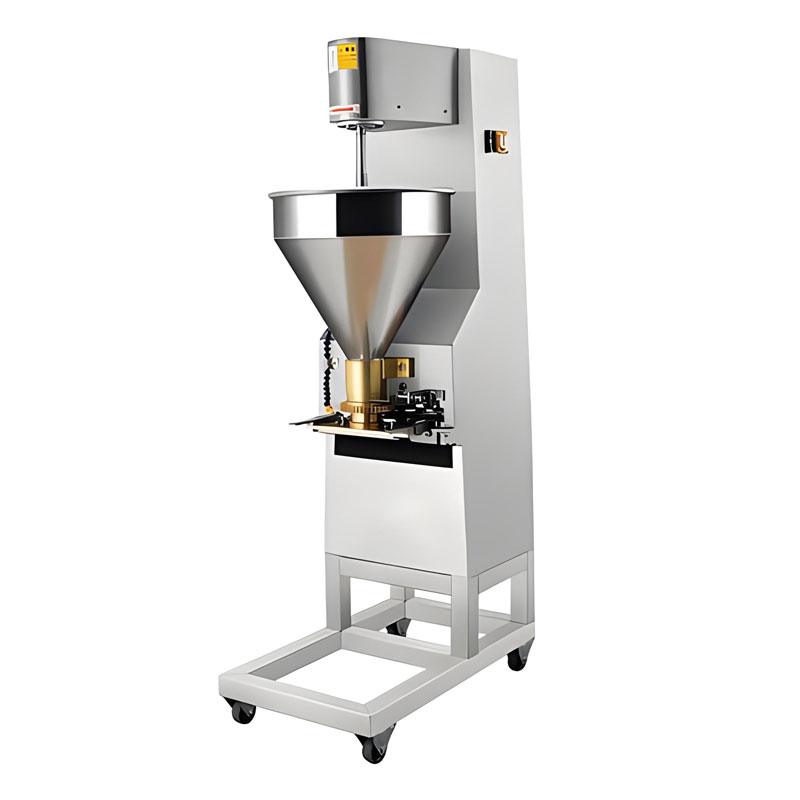
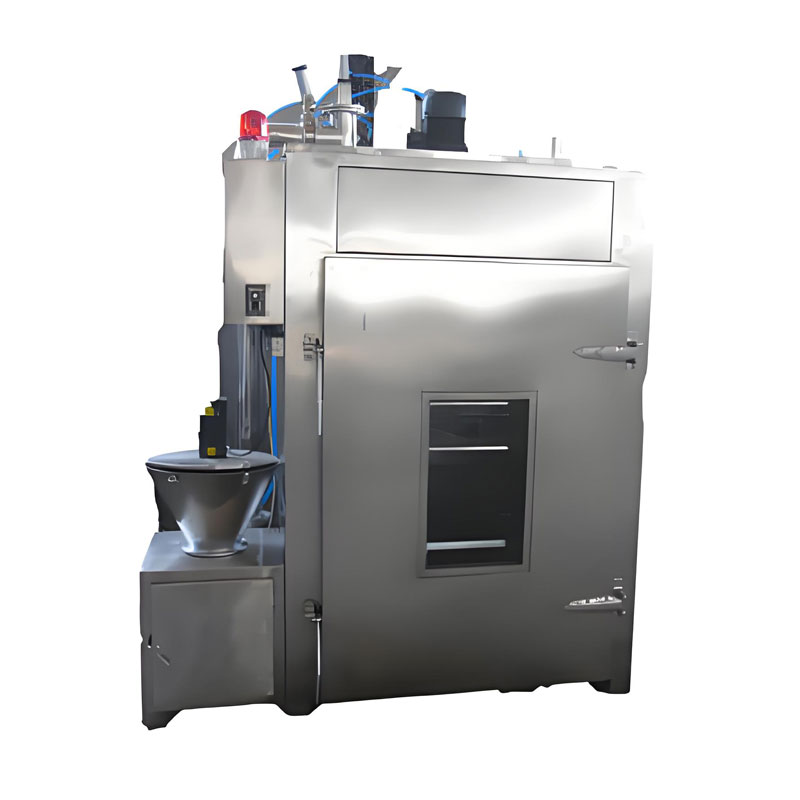
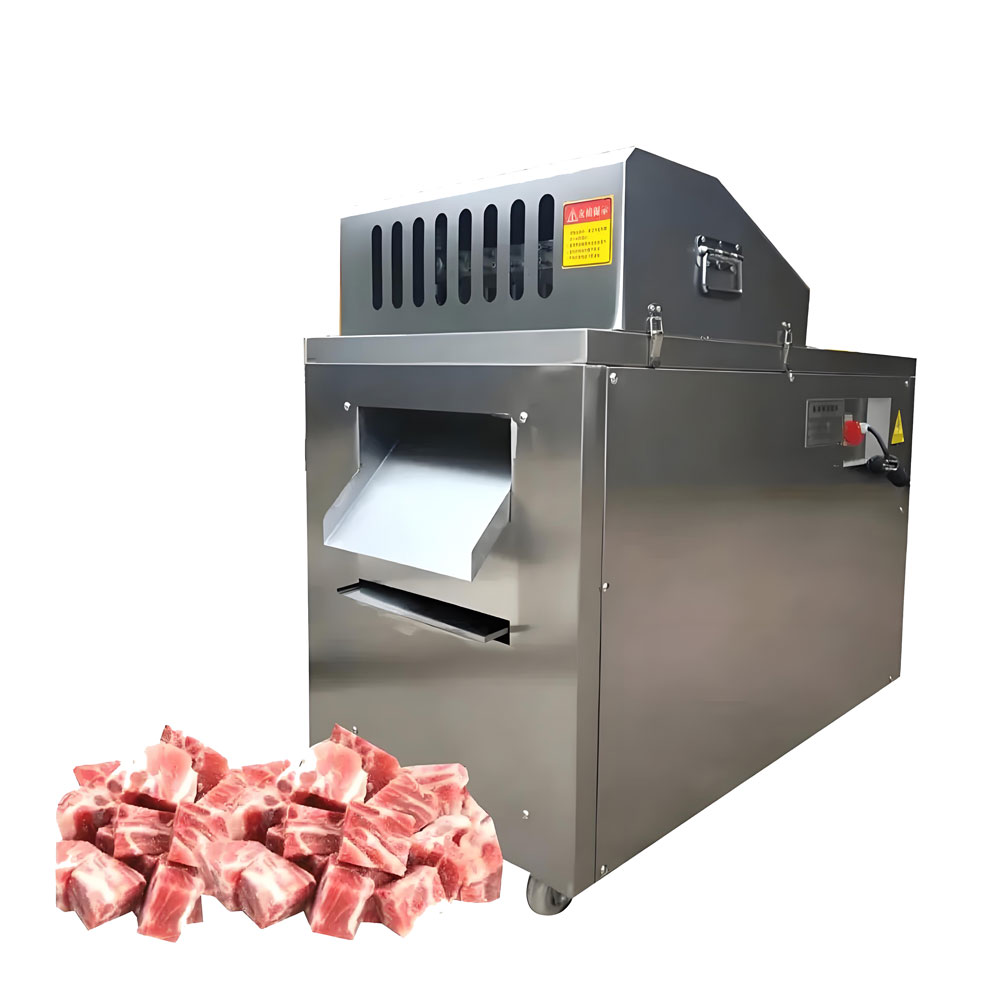
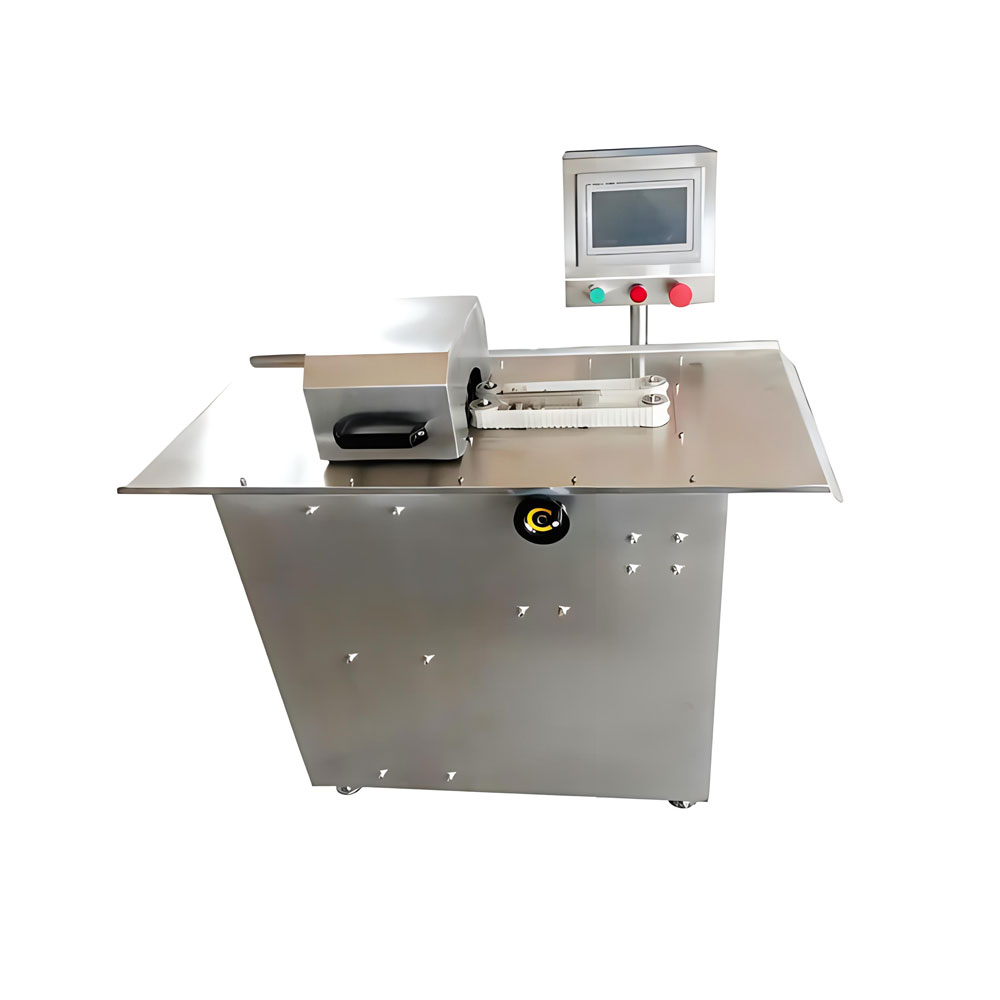
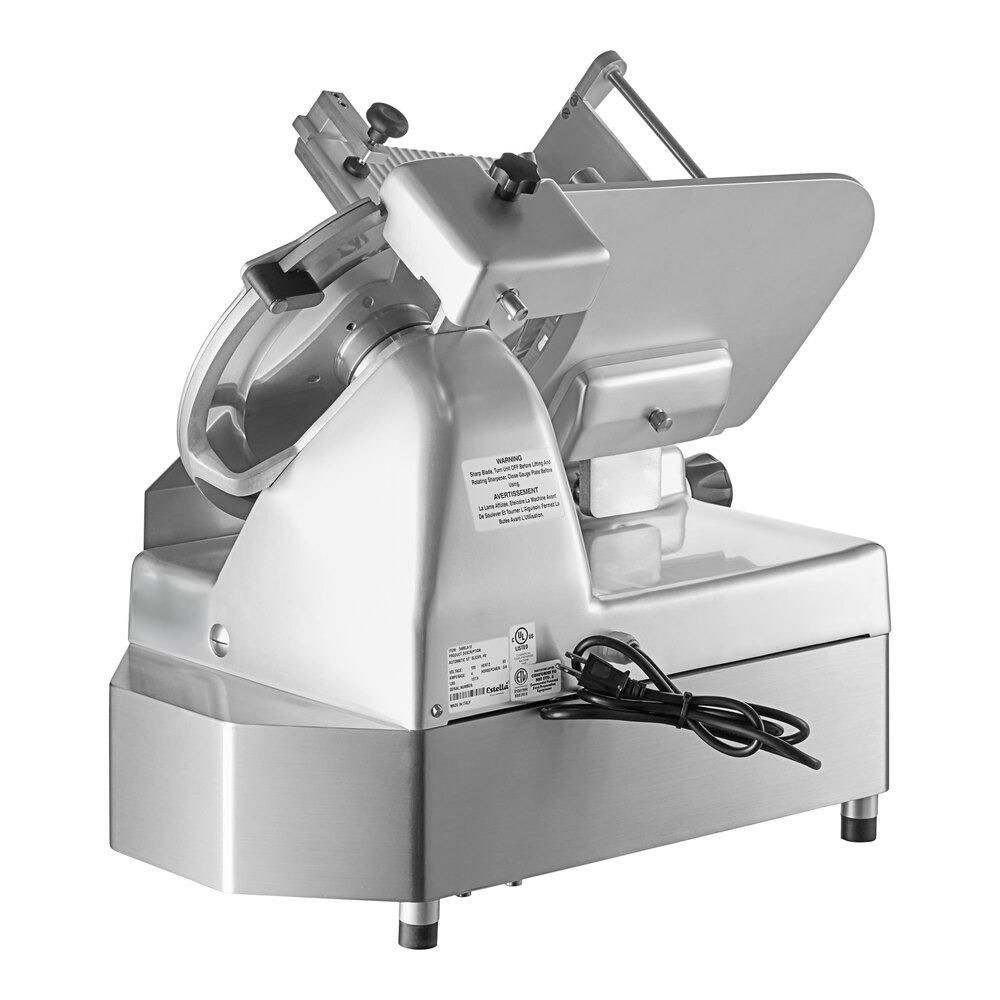
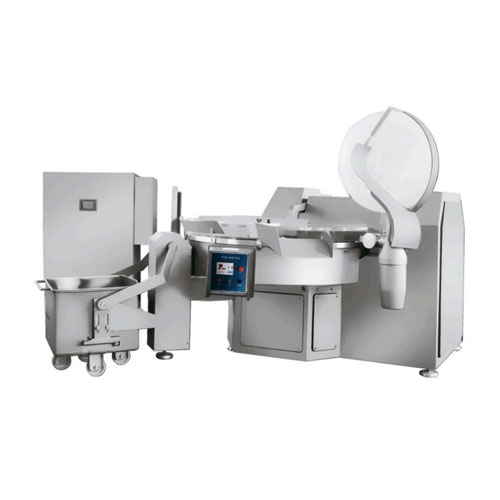
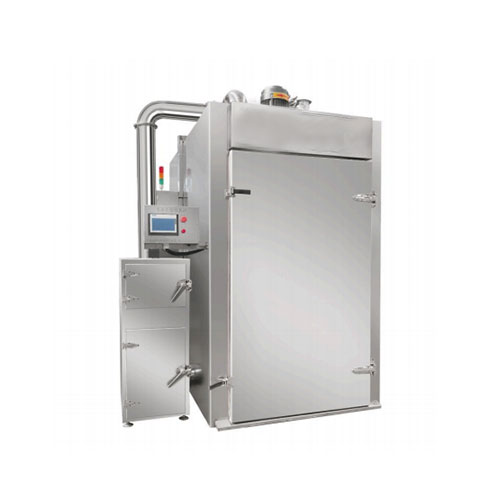
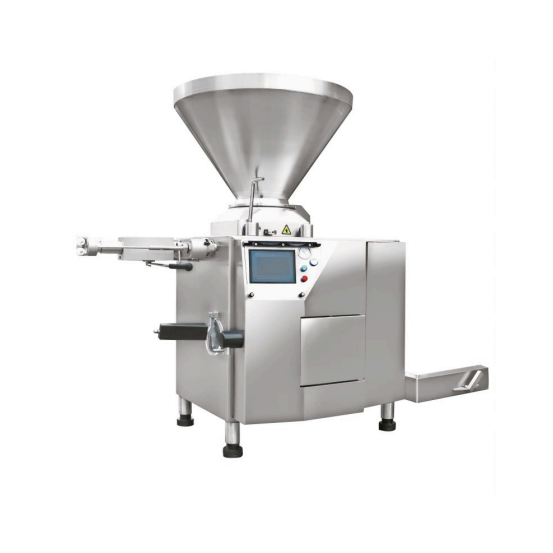
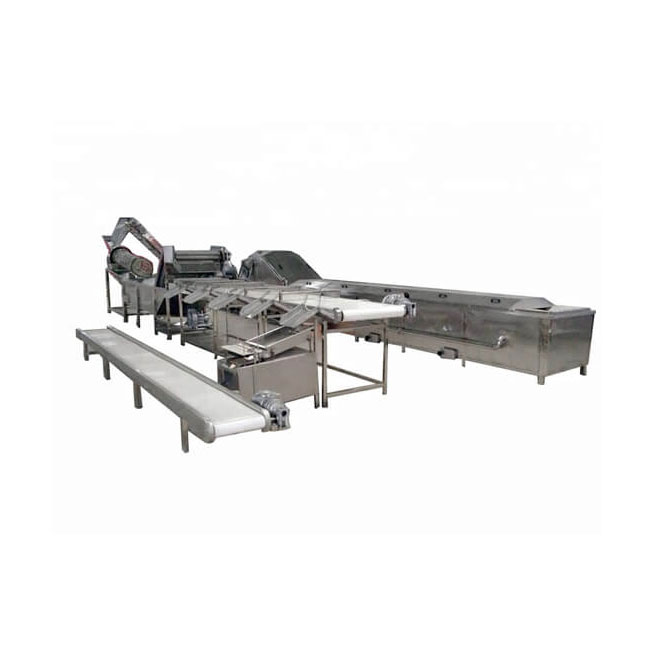
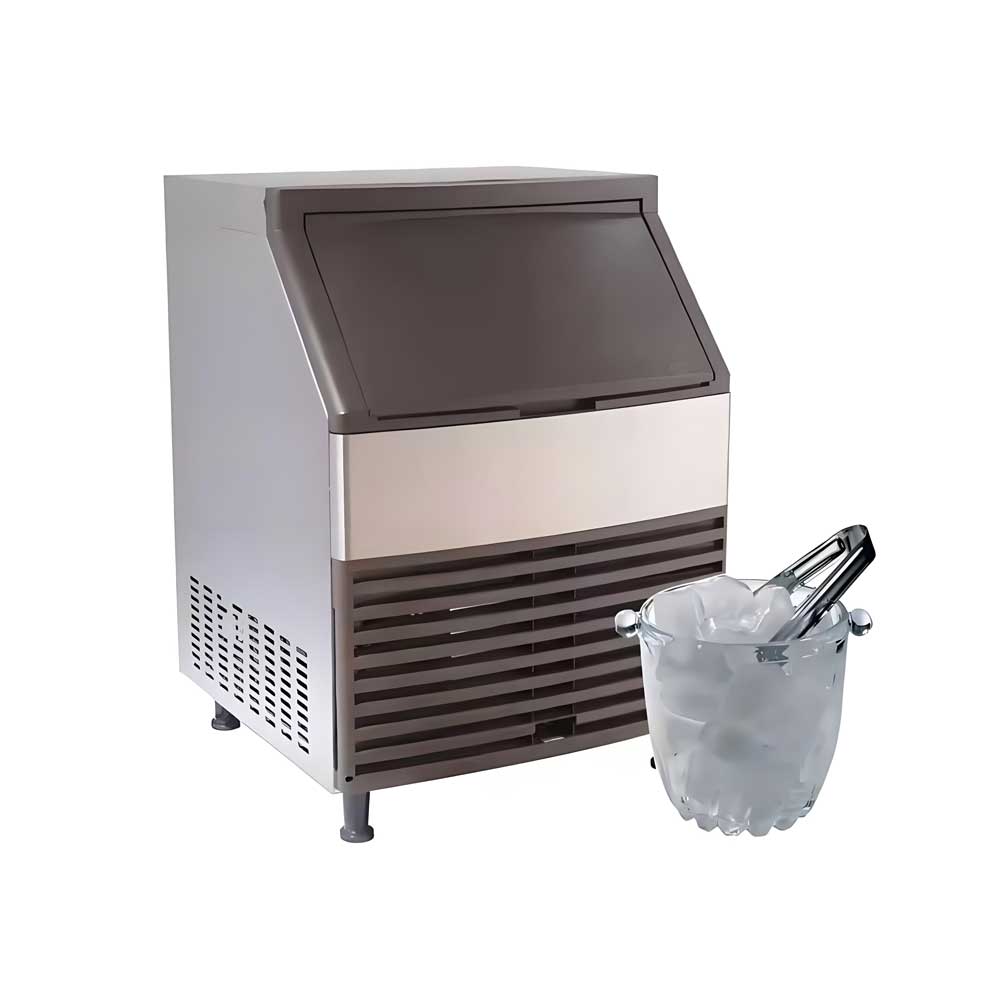
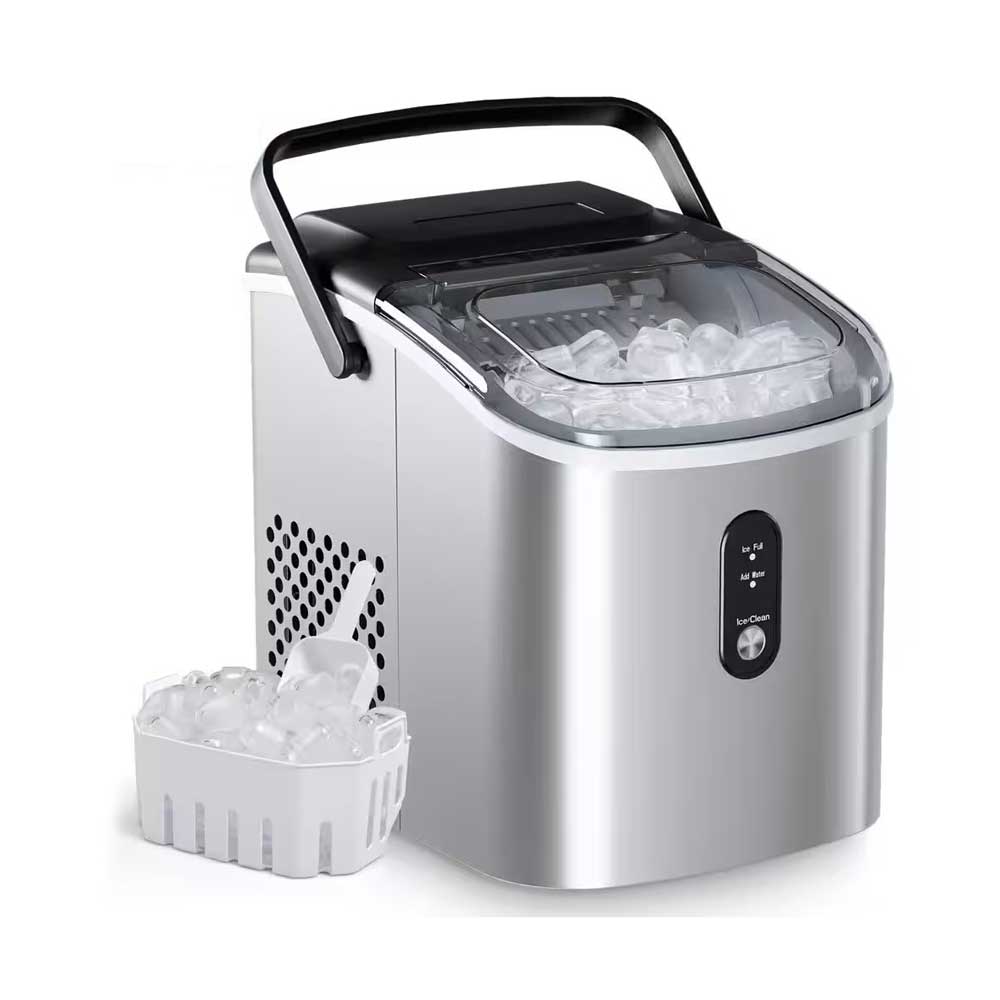 Portable Flake Ice Machine
Portable Flake Ice Machine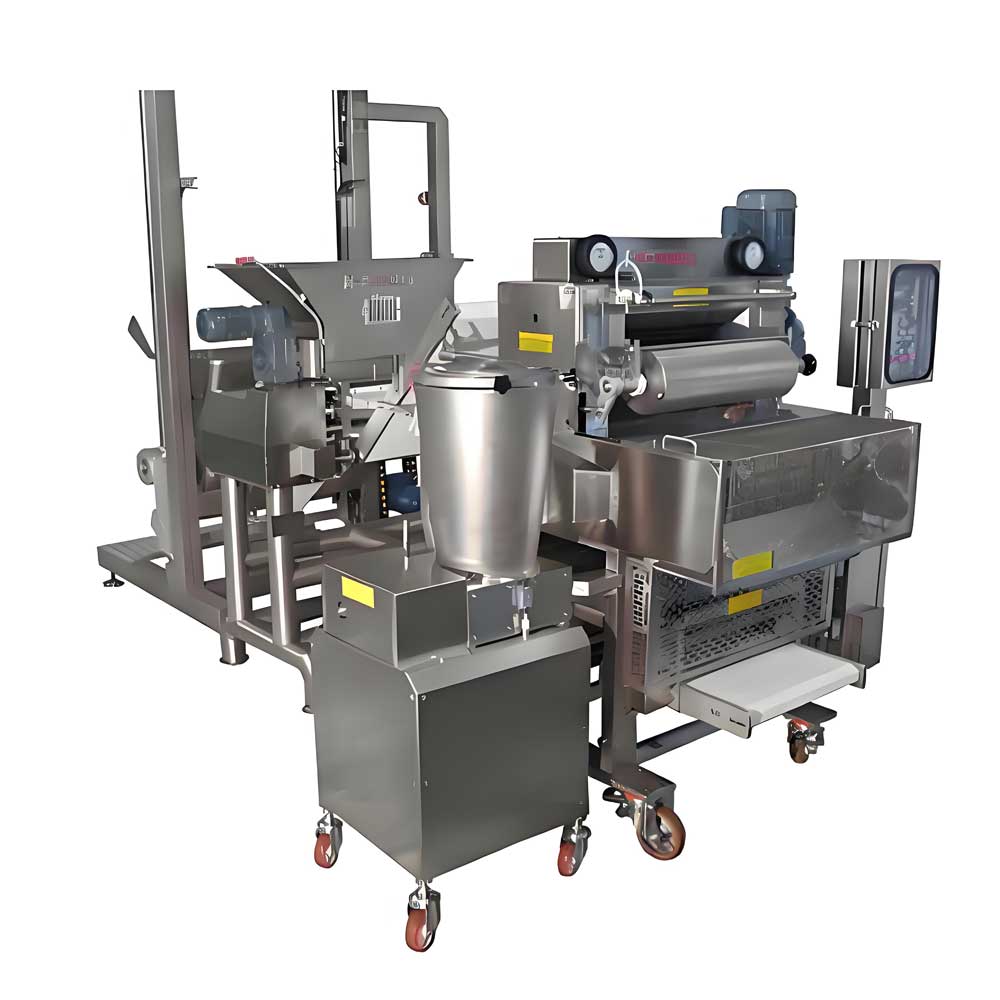 Pelmeni Making Machine
Pelmeni Making Machine
Ready to Get Started?